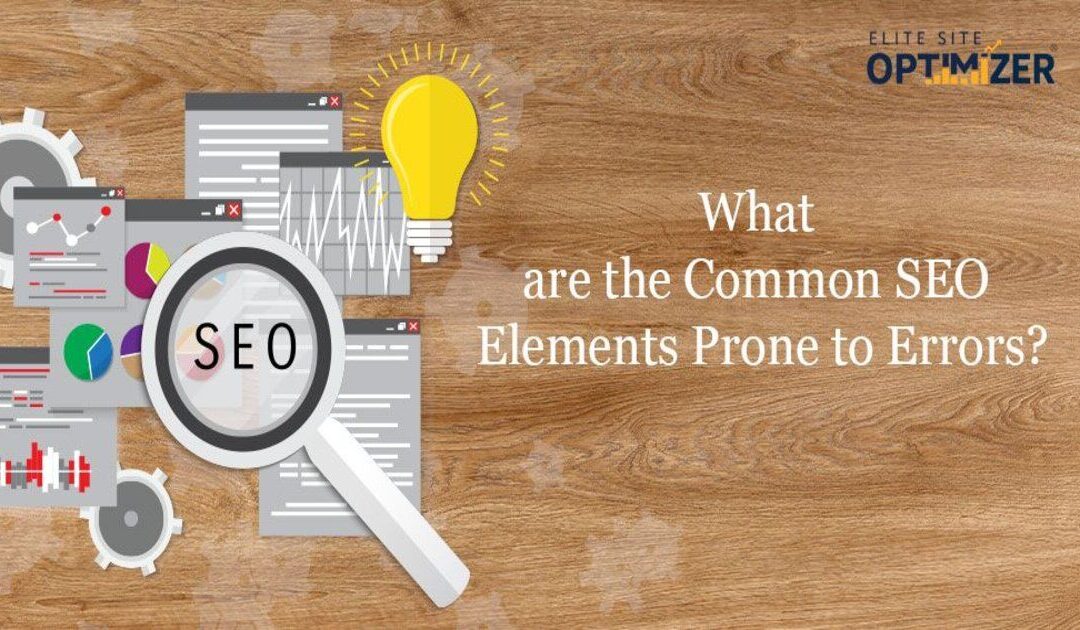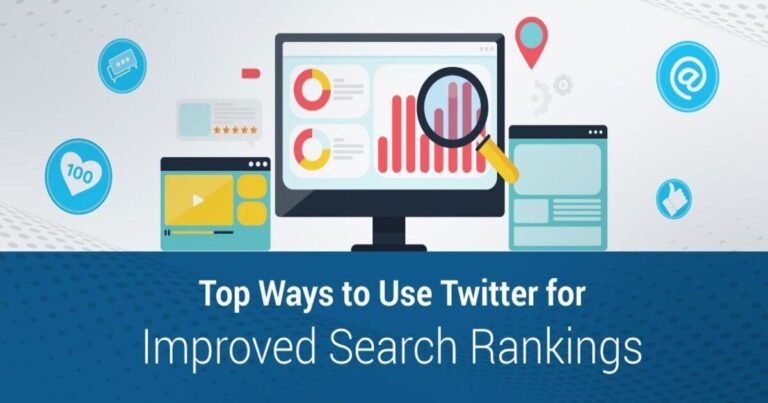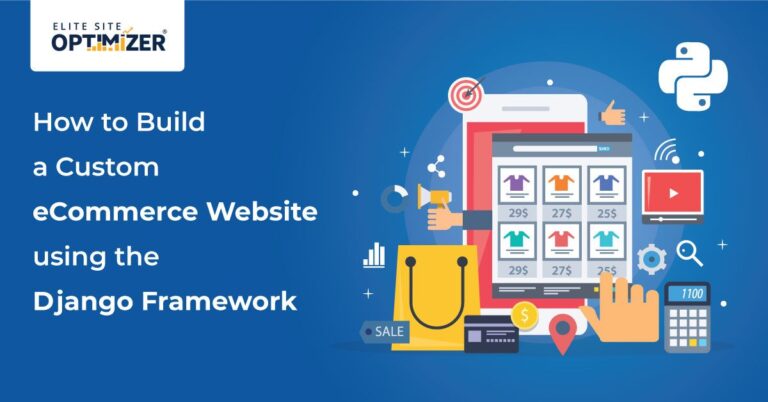SEO plays a pivotal role in directing your leads to sales funnel. Websites need to use SEO audit tools and website optimizers to rank their content better in search engines.
With customer’s expectations growing tremendously, search engines are introducing unique strategies to improve user experience. Staying on top of the search results isn’t an easy job. Many brands end up using SEO the wrong way. As a result, their SERP ranking drops.
Even a small error in your SEO can have a negative impact on your traffic and conversion. The SEO tricks you have applied to grow your audience might fail terribly. While some strategies work well for your online business, others may hamper your website’s growth in the long run. In this post, we’ll walk you through the common SEO errors that you must avoid.
Read Also: Tips to Perform SEO Audit
Stuffing Keywords
If you think you could go overboard with your target keywords and get a high rank in search engines, then you can’t be more wrong. Stuffing your content with keywords is considered spammy. Instead of helping you achieve a higher rank, this strategy can backfire and drop your SERP ranking. Google intends to supply high-quality and informative content to its users.
Meaningless and keyword-stuffed content will be of no use to your audience. People want quality and engaging posts. To rank higher in search engines, you need to focus on creating customer-centric content that offers useful information to your viewers.
Duplicate Content
While duplicating was a common approach in the initial days, copied content is no longer accepted by search engines now. Copying content from other sources is a blackhat SEO strategy. Google has strict algorithms that don’t take long to detect plagiarized content.
Websites that plagiarize content are likely to get penalized. There is a chance the search engines will remove such pages. Similarly, using spin tools to change certain words and re-shape the published articles will not work.
Google pushes the duplicate content to the last pages of the search results. That said, you should rather invest your efforts and time in creating original and quality content.
No Meta-Tags and Title Tags
On-site SEO is the number one factor that determines your SERP ranking. It’s important to note that on-site SEO isn’t about the keywords only. Once you are done placing the keywords strategically in your content, the next step is to use meta-descriptions and title tags.
Search engines take these SEO elements into consideration while ranking your website. Likewise, ALT tags are an important aspect of SEO.
A Poor Internal Linking Strategy
Linking to the internal sites is as important as obtaining links from high-authority websites. Internal linking simplifies your website navigation and make it easier for search bots to index multiple web pages quickly.
Try to use anchor texts to describe what your link is about and how well it relates to the other posts on your website. Not only does it make the navigation easier, but it encourages people to stay on your site for long, thus reducing the bounce rates.
Note: Like keyword stuffing, overdoing internal linking can damage your website’s ranking. Never stuff unnecessary links that don’t even match with the topic.
Mobile-Incompatible Websites
You may have one of the highly customized and excellent websites. But, how are you going to attract people if the website only works on the desktop? Considering that a majority of users prefer smartphones to search for their favorite brands, missing out on mobile compatibility can turn out a big mistake for brands.
Optimize your website for all screens and devices. Make sure that your web pages load faster on all mobiles and offer good navigation.
Users have also started embracing Mobile Apps over websites. Having a Mobile App developed for your business is definitely going to go a long way in customer engagement and retention.
Read Also: Benefits of Paid SEO Audit Tools






